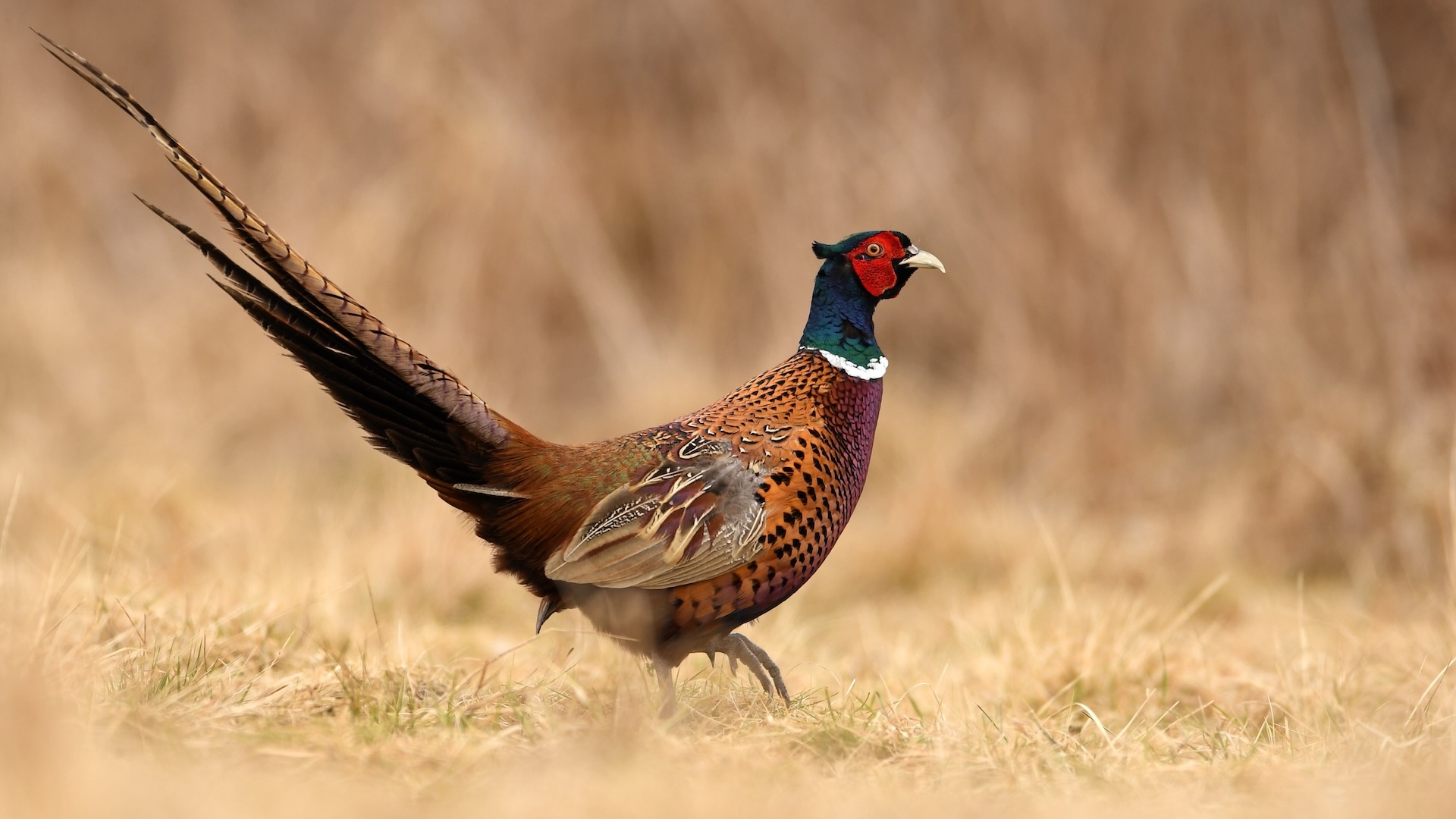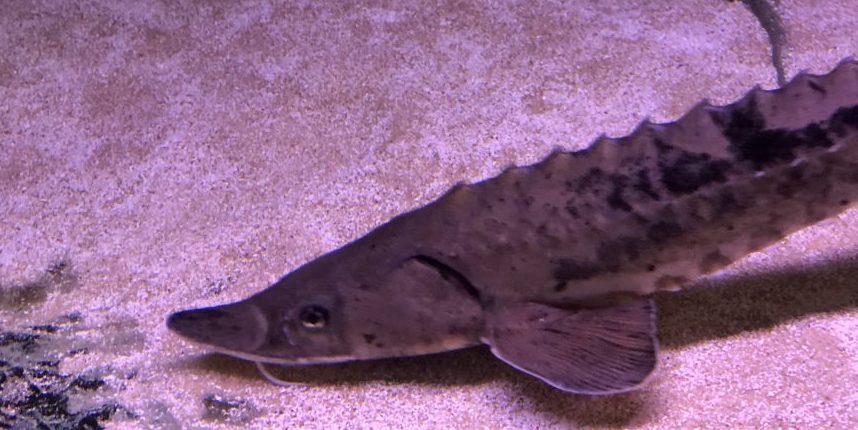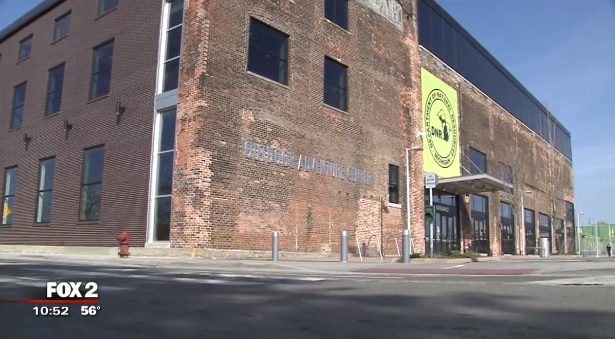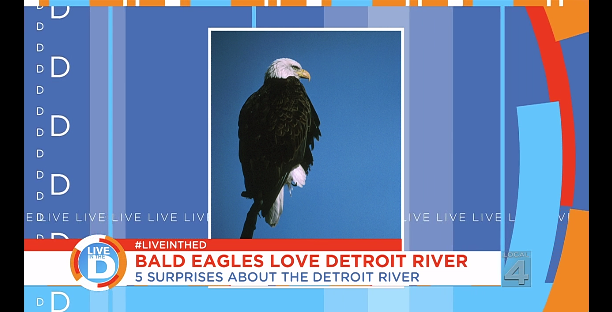Embracing wildlife management and conservation in urban, suburban and rural spaces
Detroit has earned many monikers over the years — the Motor City, Motown and the Arsenal of Democracy are among the more well-known — but there’s one that might come as a surprise to many: “Bird City.”
It is a nickname that anyone who has spent more than a minute or two in Detroit’s public and private spaces will immediately understand.
Pheasants are everywhere.
Detroit-based filmmaker Diane Cheklich, who recently completed a film focused on the city’s pheasants, pointed out that Detroit is probably the “only major urban center where pheasants or any wild game birds on a large scale can be seen wandering city streets and pathways.”
“You don’t find them in New York, Chicago or San Francisco,” said Cheklich, a bird enthusiast who serves on the board of Detroit Audubon. “Ask any Detroiter. Everyone has a story about a pheasant encounter. It’s pretty cool. In fact, the bird has become an icon here.”
Detroit even has a soccer team called the Corktown Pheasants and you can grab a beer at Brewery Faison (French for “pheasant”) while keeping an eye out for birds that wander the streets and wooded areas nearby.
Recently, the flamboyant grasslands birds were one of eight species memorialized in a wildlife mural unveiled along the Dequindre Cut Greenway between Eastern Market and the Detroit Riverfront.
The mural, created by Detroit-based artist and muralist Ed Irmen, is a public art project commissioned through a partnership between the Michigan Wildlife Council (MWC) and the Detroit Riverfront Conservancy to bring awareness to Michigan-managed wildlife.
“While the abundant pheasant population in Detroit is not a direct result of any statewide conservation or management initiative, it is emblematic of the important work being done to preserve and enhance our outdoor space,” said Nick Buggia, chair of the MWC. “All Michiganders — whether in urban, suburban or rural communities — have a stake in wildlife management and protecting the outdoors.”
In Michigan, conservation funding for the DNR relies primarily on hunting and fishing license fees — not taxes. Last year, those fees provided more than $65 million for conservation, habitat restoration and protection from invasive species.
The Michigan Game and Fish Protection Fund, which is the DNR’s largest revenue source and is therefore critical to statewide conservation work, relies almost exclusively on hunting and fishing license fees, including a $25 license fee for pheasant hunting.
This year, the DNR is releasing pheasants in 13 state game and wildlife areas throughout southern Michigan in time for the fall hunting season. It should be noted that Detroit’s urban pheasants can’t be hunted.
Detroit’s pheasants have found a place of their own where residents and visitors alike can’t avoid running into the eye-catching bird nearly anywhere they go in “The D.”
Cheklich said the birds’ presence is a result of the city’s abundant green space, something she called “accidental habitat” created unintentionally but preserved and expanded intentionally.
“The pheasants don’t care whether their habitat is intentional or unintentional,” she said.
Adam Shook, a DNR wildlife technician at Pointe Mouillee State Game Area south of Detroit, pointed to the city’s thriving pheasant population as an example of how a species can adapt to a changing landscape but must rely on thoughtful management and conservation over time.
Meanwhile, Buggia emphasized the important role hunting plays throughout the state in wildlife management and conservation.
“Hunting and fishing fees foot the bill from a state perspective as we work to protect Michigan’s wildlife and ecosystems by being good stewards of the land,” Buggia said.
“It takes all of us — biologists, conservationists, bird-watchers, wildlife enthusiasts and all who love and enjoy the outdoors — working together to protect the beauty and vibrancy of our natural world,” Buggia said. “It has been said that it takes a village and it truly does.”
The MWC is a governor-appointed, nine-member public body established by Michigan Public Act No. 246 of 2013 to educate the public on the importance of wildlife management. More information about the Michigan Wildlife Council and its work is available at www.hereformichiganoutdoors.local.



